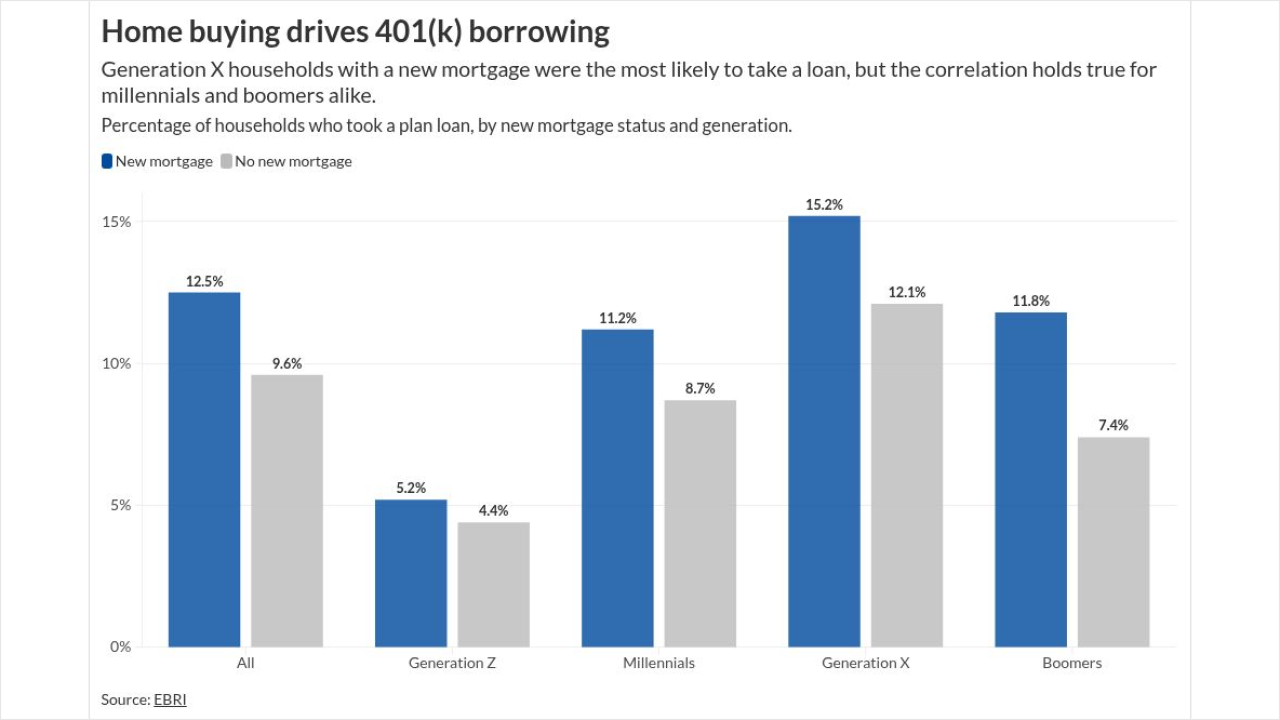As life expectancies increase, more and more Americans will need long-term health care services as they age.
According to the Department of Health and Human Services (HHS), 70% of adults over age 65 will require some form of paid or unpaid long-term health care support. And according to a recent Centers for Disease Control and Prevention report, life expectancy for American women is now 81, compared to less than 76 for men. Women, on average, need long-term care for 3.7 years, compared to 2.2 years for men, according to the HHS.
The recent extended hospice care of former President Jimmy Carter is an example of the need for advisors to guide clients in considering and planning for the potential costs of extended end-of-life health expenses: At the age of 100, Carter died in December after spending nearly two years in a hospice setting.
While this length of time to be under such care is unusual —
And, unless advisors steer clients correctly, they may be in store for crippling bills to go along with their health struggles.
What Medicare and Medicaid do and don't cover
While Medicare will cover some skilled care for enrollees, it often falls short for many seniors' long-term needs.
Medicare will only pay for home care if a licensed physician certifies that there is a need for skilled nursing care or skilled therapy as provided by a licensed professional, said Cleve Gantt, a financial planner with
"Even when Medicare approves the care as a skilled medical need, the care is usually skilled nursing and therapy provided by a licensed nurse or physical therapist, with some periodic visits by a home health aide," he said. "The visits may be anywhere from once to seven times a week, for 30 minutes to two hours. After that, the caregiver leaves. Most care done at home is custodial, and may include up to 24-hour-per-day care, as opposed to the much shorter-duration skilled care visits."
This means many seniors face a harsh reality, said Yehuda Tropper, CEO and life insurance and life settlement advisor at
READ MORE:
"Medicare won't pay for the ongoing care that's often needed as they age," he said. "This gap can drain savings and burden families with unexpected costs."
Tropper said financial advisors should
"One option is long-term care insurance, or getting a life settlement to get a lump sum of cash to pay for home health care," he said. "Medicare won't cover custodial care, or help with daily living, in assisted living facilities even when seniors move there for health reasons."
The biggest pitfall among clients is the assumption that Medicare will pay for everything, said Daniel E. Milks, co-founder and operations officer of
"Many clients are surprised to learn that Medicare has significant limitations when it comes to long-term care, especially if they need assistance with daily living activities over an extended period," he said. "Advisors can help clients avoid these pitfalls by encouraging them to have realistic expectations and plan early for potential out-of-pocket costs, including private-pay options, supplemental plans or even Medicaid if they qualify."
READ MORE:
Medicaid may pay for long-term care — but only after a person has spent down their assets.
Eligibility for Medicaid long-term care coverage varies by state, but generally, in order to qualify, a single person age 65 or older must not have income of more than $33,948 per year and "countable assets" of less than $2,000, according to the American Council on Aging.
"Unfortunately, Medicaid care is not the best," said Jay Zigmont, CEO and founder of
Otherwise, clients should expect to pay for long-term care services with their own assets.
David W. Demming, founder and president of
Just last month one of the firm's clients died soon after entering hospice care. According to MedPac, more than one-quarter enroll in hospice only in the last week of life.
"We typically have one or two clients per quarter die," he said. "Most end-of-life and hospice services are much shorter than Jimmy Carter's. We went into hospice that day, with us saying goodbye to her. She died that night never incurring a dime of expense."
Think ahead about long-term health care costs
Demming said many of his clients have long-term care coverage. He said this particular client had used her policy to cover accelerated home health care and then assisted living before entering hospice.
"Because of the coverage, there was little or nothing paid out-of-pocket," he said.
But given the cost and eligibility requirements of long-term health care insurance, many clients often forego such coverage. According to the American Association for Long-Term Care Insurance (AALTCI), the average annual premium for a $165,000-benefit policy with no inflation protection is $950 for a single male and $1,500 for a single female. For a 55-year-old couple, the average combined annual premium is $2,080.
READ MORE:
Joe Cronin, president of
Cronin said long-term care insurance can be valuable for those who anticipate future expenditures for nursing home care or in-home care services, which standard medical insurance does not cover.
"This isn't a one-size-fits-all solution, though," he said. "When determining whether this insurance is viable for an individual, it is crucial to bear in mind age, health status and whether the person is located outside their home country, as these factors can limit their insurance options. For many, life insurance with long-term care riders is probably the best approach in terms of cost and flexibility."
John R. Power, a certified financial planner with RIA firm
"Remember, the parents' income stream they relied on seldom is reduced when they are in a nursing home, but their other expenses often simply 'go away,'" he said. "Also, wealthier people tend to be better educated and live more thoughtful lifestyles, hence they don't usually spend long years in a nursing home."
READ MORE:
Power said advisors should discuss with clients the possibility, as part of their end-of-life plan, of transitioning to a
"This tends to cost a lot less and makes a long-term nursing home setting much less likely," he said.
Make sure documentation is in order
Julie Fry is the chief operating officer and founder of
Fry said she has seen people lose thousands of dollars because they failed to plan for end-of-life costs.
"Thankfully, there are things families can do to protect themselves," she said.
READ MORE:
Making sure clients have the correct documents in place — ahead of when they're needed — is extremely important in estate planning, Fry said.
"For example, a power of attorney for finances allows people to step in and make financial decisions and pay bills," she said. "A health care proxy allows someone to state their decisions and appoint someone to act on their behalf. Most importantly, families should consider trusts. There are many kinds out there, some of which allow you to protect your assets from health care costs and qualify for state benefits, like an irrevocable trust."
Maximize Social Security
Social Security benefits can also play a role in funding long-term care. Advisors can help clients maximize this resource by guiding them on decisions on when to begin collecting their Social Security payment; drawing it early reduces monthly income significantly as opposed to waiting.
Seniors can start receiving retirement benefits as early as age 62.
However, full benefits kick in only when a person reaches full retirement age, which is calculated based on birth year. For those born between 1943 and 1954, it's 66; it gradually increases to 67 for those born in 1960 and later.
Delaying benefits increases the monthly amount. For example, assuming the full monthly benefit amount was $1,000, and the full spousal benefit was $500, if someone born between 1943 and 1954 began taking benefits at age 62 instead of waiting until their full retirement age, they would only receive $750 per month and their spouse would only receive $350.
Legal and legislative changes could help
Individual planning is crucial, but there are potential legislative changes that could alleviate the burden of long-term care costs that advisors should keep an eye on.
One bill that could be reintroduced this year is the
The bill would provide initial funding to establish a federal long-term care insurance benefit and put in place a new payroll tax to finance the benefit in the future.
Suozzi said recently






